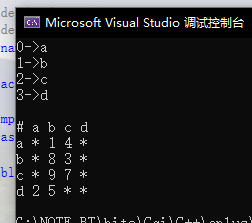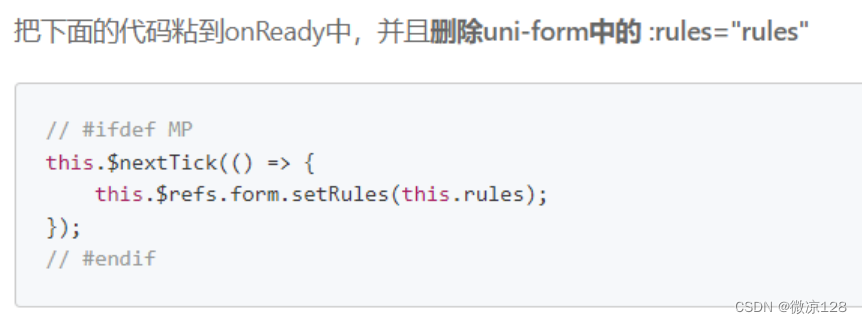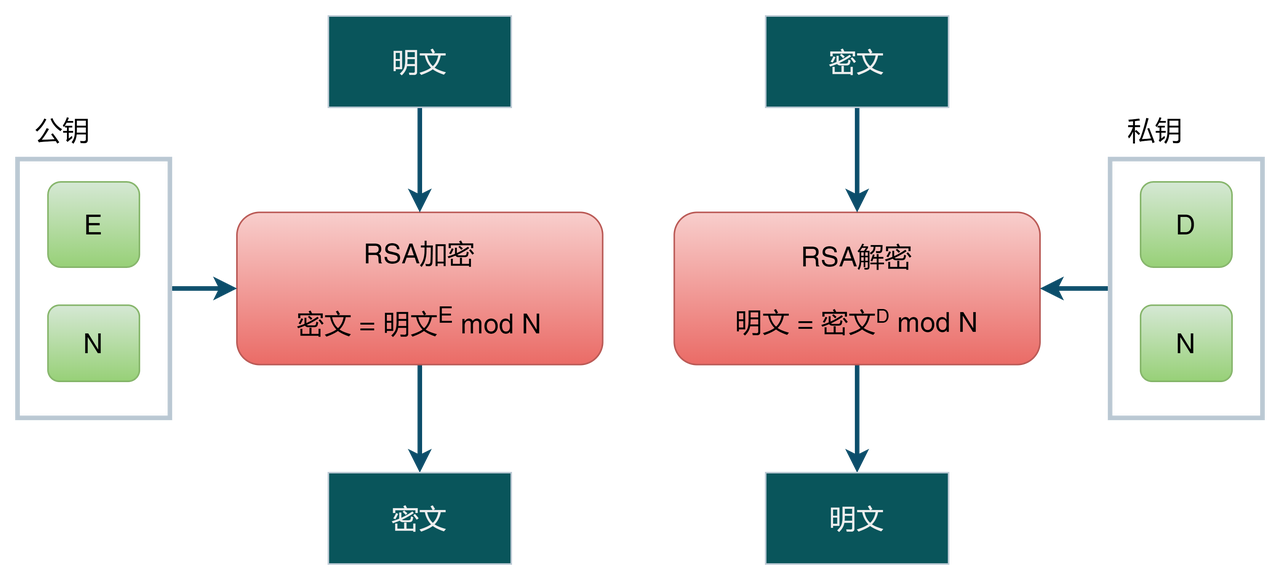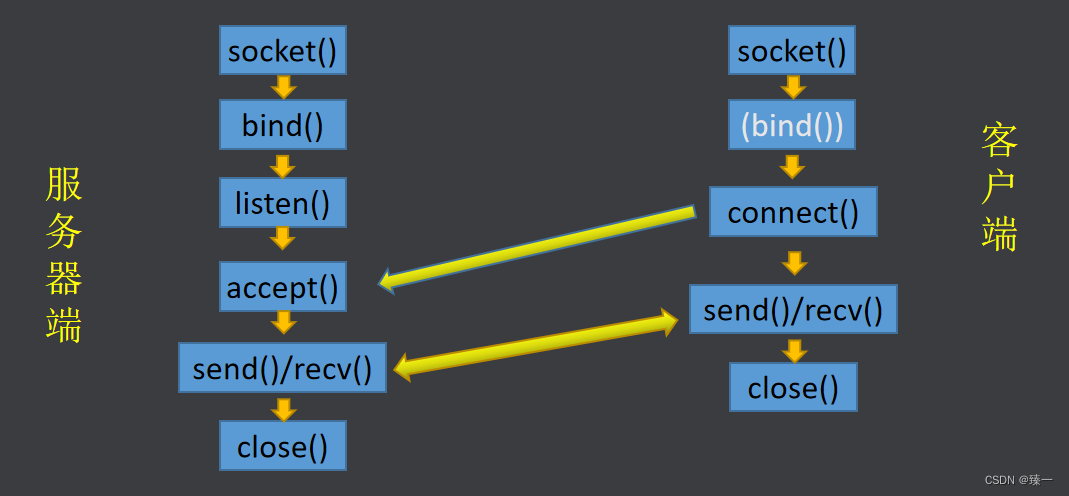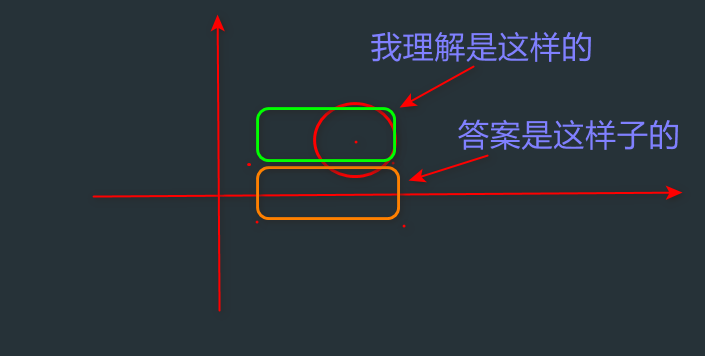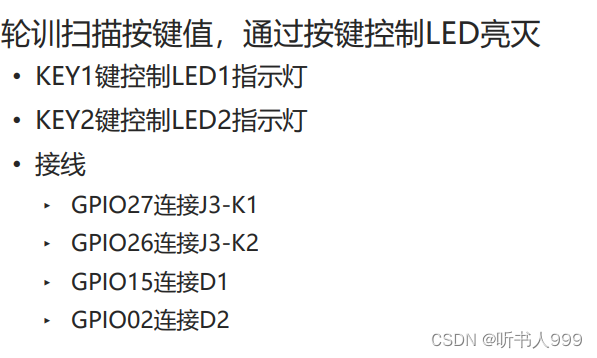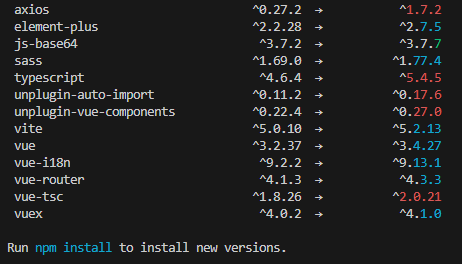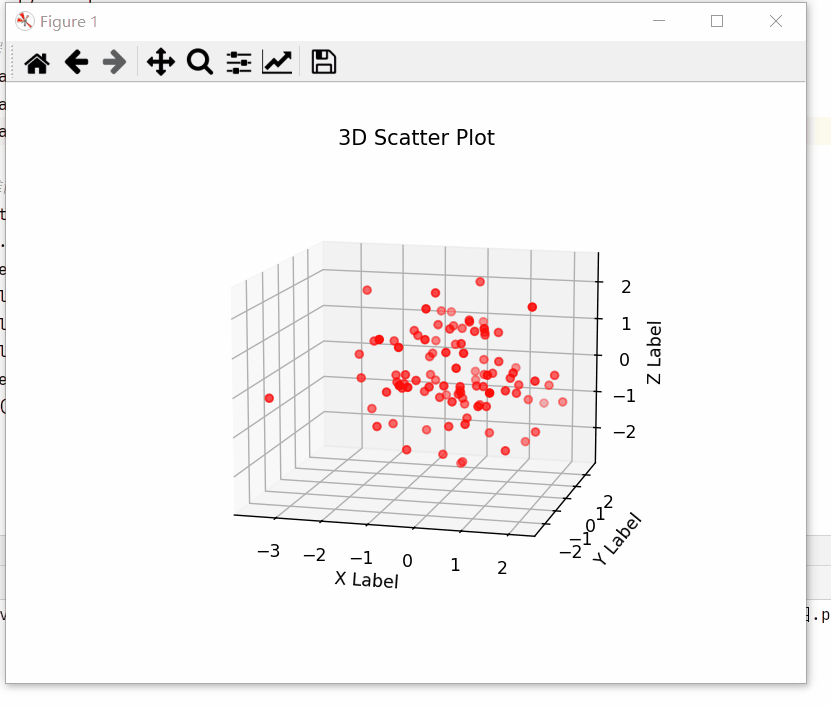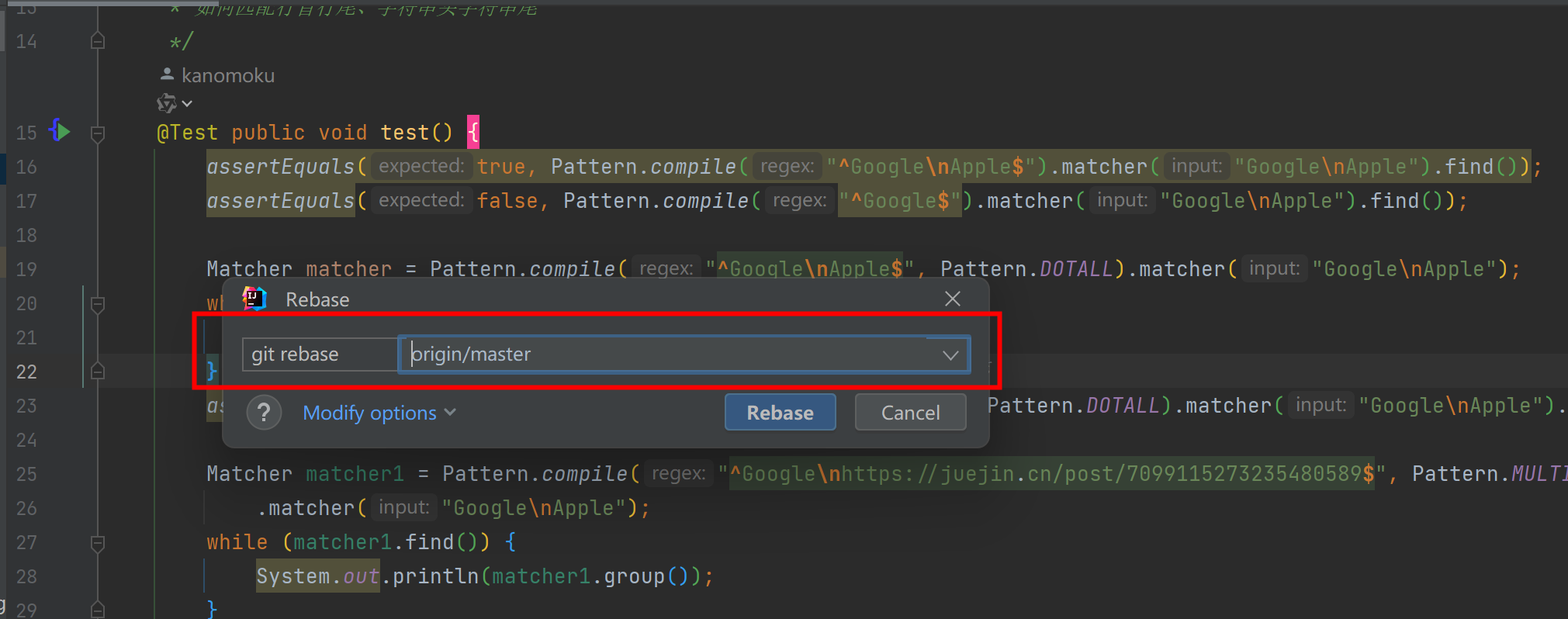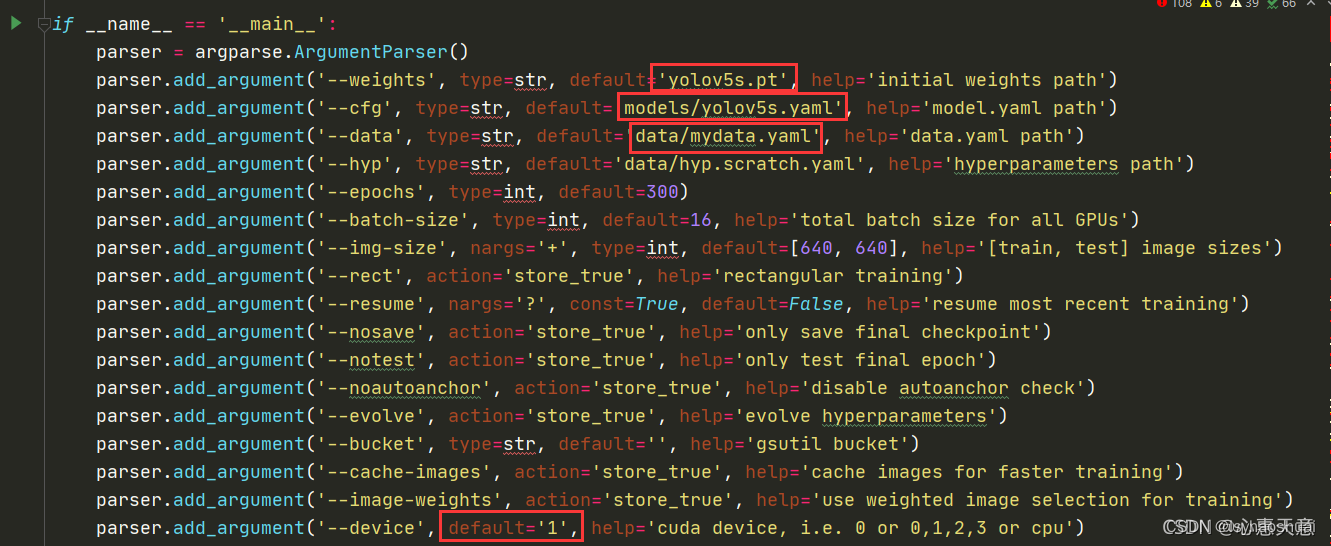并查集
template <class T>
class UnionFindSet
{
public:
UnionFindSet(size_t n)
:_ufs(n, -1)
{}
void Union(int x1, int x2)
{
int root1 = FindRoot(x1);
int root2 = FindRoot(x2);
if (root1 == root2)
return;
if (root1 > root2)
swap(root1, root2);
_ufs[root1] += _ufs[root2];
_ufs[root2] = root1;
}
int FindRoot(int x)
{
int parent = x;
while (_ufs[parent] >= 0)
{
parent = _ufs[parent];
}
return parent;
}
bool InSet(int x1, int x2)
{
return FindRoot(x1) == FindRoot(x2);
}
size_t SetSize()
{
size_t size = 0;
for (size_t i = 0; i < _ufs.size(); i++)
{
if (_ufs[i] < 0)
{
++size;
}
}
return size;
}
private:
std::vector<T> _ufs;
};
路径压缩:
template <class T>
class UnionFindSet
{
public:
UnionFindSet(size_t n)
:_ufs(n, -1)
{}
void Union(int x1, int x2)
{
int root1 = FindRoot(x1);
int root2 = FindRoot(x2);
// 如果在一个集合里面就不需要合并
if (root1 == root2)
return;
// 数据量小的合并到大的集合
if (abs(_ufs[root1]) < abs(_ufs[root2]))
std::swap(root1, root2);
_ufs[root1] += _ufs[root2];
_ufs[root2] = root1;
}
int FindRoot(int x)
{
int root = x;
while (_ufs[root] >= 0)
{
root = _ufs[root];
}
// 路径压缩
while (_ufs[x] >= 0)
{
int parent = _ufs[x];
_ufs[x] = root;
x = parent;
}
return root;
}
bool InSet(int x1, int x2)
{
return FindRoot(x1) == FindRoot(x2);
}
size_t SetSize()
{
size_t size = 0;
for (size_t i = 0; i < _ufs.size(); i++)
{
if (_ufs[i] < 0)
{
++size;
}
}
return size;
}
private:
std::vector<T> _ufs;
};
void UnionFindSetTest()
{
UnionFindSet<int> ufs(10);
ufs.Union(7, 6);
ufs.Union(5, 4);
ufs.Union(7, 5);
ufs.Union(5, 2);
ufs.Union(9, 6);
ufs.Union(0, 1);
ufs.Union(0, 3);
ufs.Union(0, 7);
for (int i = 0; i < 10; i++)
{
ufs.FindRoot(i);
}
}
省份的数量
等式方程的可满足性
图
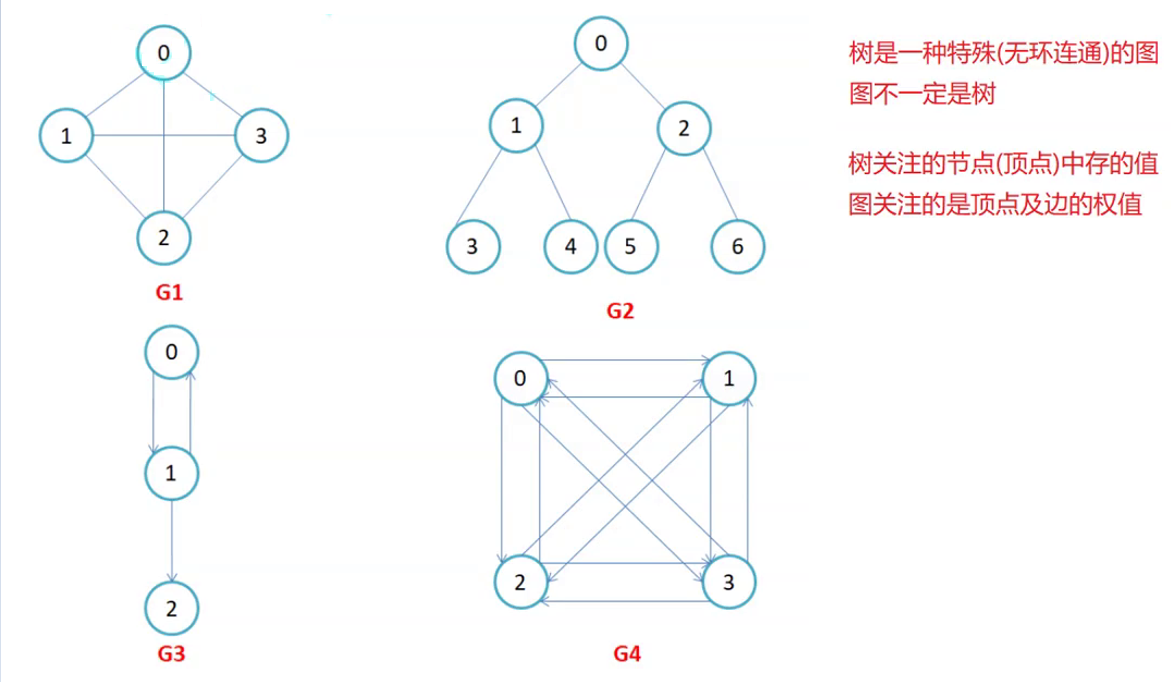
两种实现策略:矩阵和领接表
矩阵
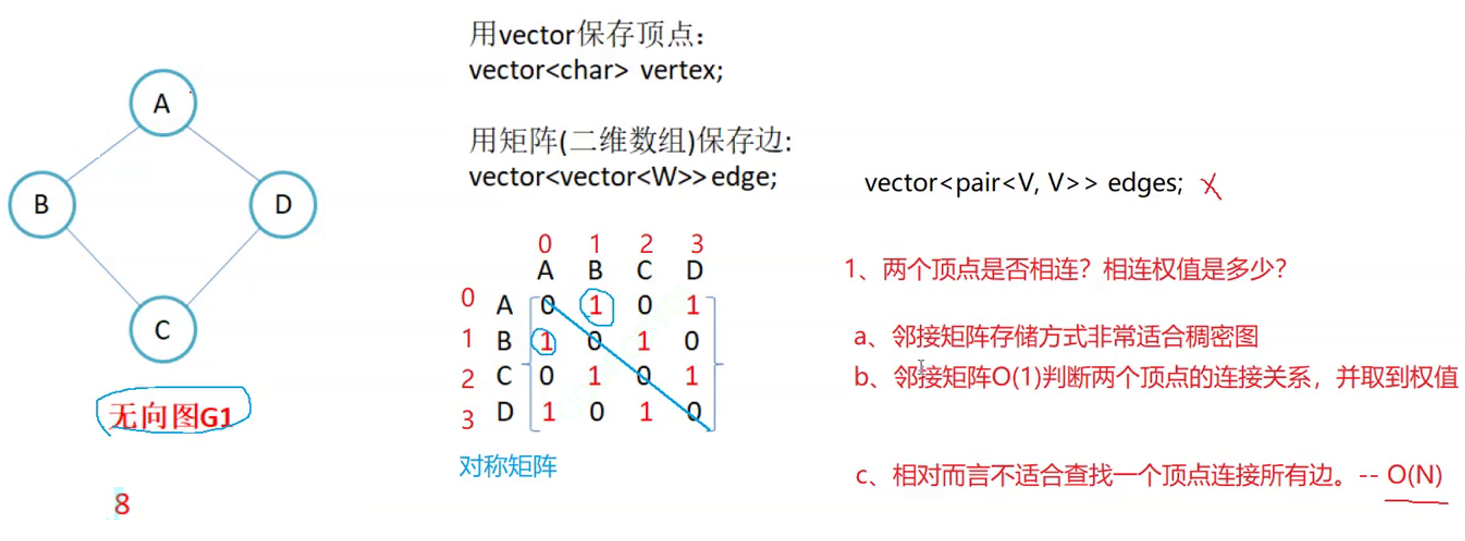
领接表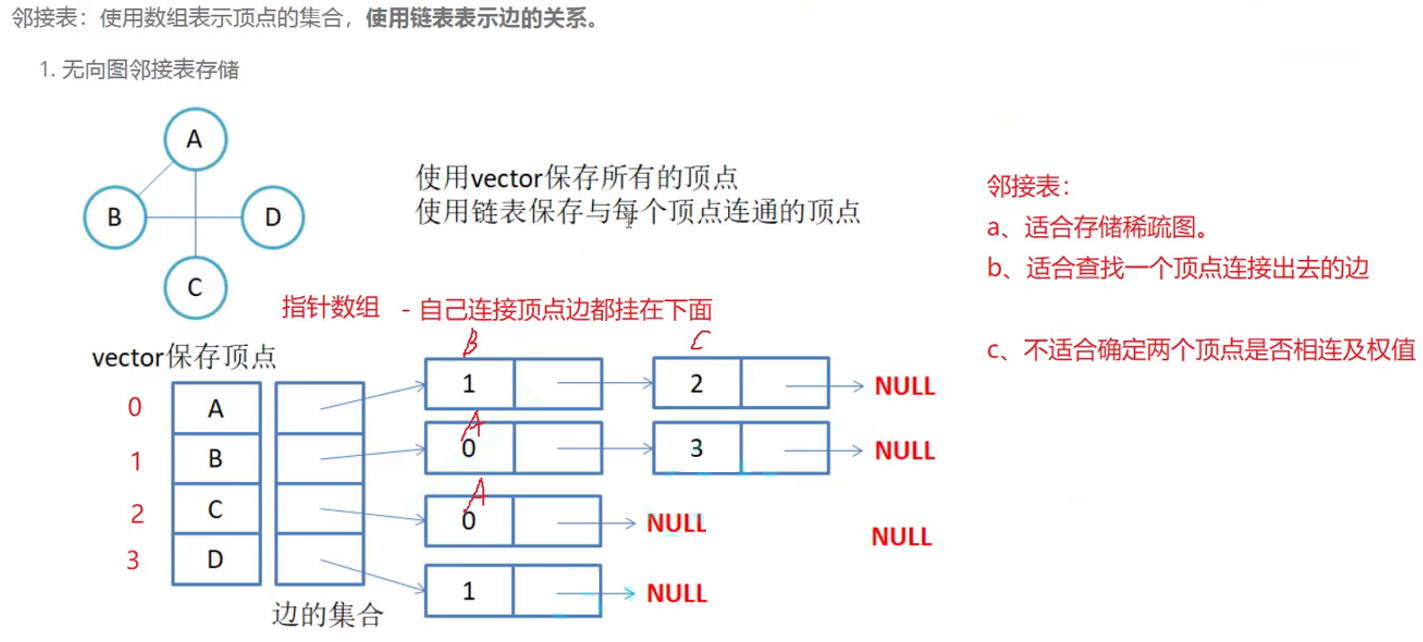
两者互补
namespace matrix
{
template<class V, class W, W MAX_W = INT_MAX, bool Direction = false>
class Graph
{
public:
//图的创建:
//1.IO输入 ---不方便测试
//2.图结构关系写到文件
//3.手动添加边
Graph(const V* a, size_t n)
{
for (size_t j = 0; j < n; j++)
{
_vertexs.push_back(a[j]);
_indexMap[a[j]] = j;
}
_matrix.resize(n);
for (size_t i = 0; i < n; i++)
{
_matrix[i].resize(n, MAX_W);
}
}
size_t GetVertexIndex(const V& v)
{
auto it = _indexMap.find(v);
if (it != _indexMap.end())
{
return it->second;
}
else
{
//assert(false);
throw invalid_argument("顶点不存在");
return -1;
}
}
void AddEdge(const V& src, const V& dst, const W& w)
{
size_t srci = GetVertexIndex(src);
size_t dsti = GetVertexIndex(dst);
_matrix[srci][dsti] = w;
//无向图
if (Direction == false)
{
_matrix[dsti][srci] = w;
}
}
void Print()
{
//顶点
for (size_t i = 0; i < _vertexs.size(); i++)
{
cout << i << "->" << _vertexs[i] << endl;
}
cout << endl;
//矩阵
printf("#");//所在的行列为顶点
for (size_t i = 0; i < _vertexs.size(); i++)
cout << " " << _vertexs[i];
cout << endl;
for (size_t i = 0; i < _matrix.size(); i++)
{
cout << _vertexs[i] << " ";
for (size_t j = 0; j < _matrix.size(); j++)
{
if (_matrix[i][j] != MAX_W)
{
//cout << _vertexs[i] << "->" << _vertexs[j] << ": " << _matrix[i][j] << endl;
cout << _matrix[i][j] << " ";
}
else
{
//cout << _vertexs[i] << "->" << _vertexs[j] << ": " << "*" << endl;
cout << "* ";
}
}
cout << endl;
}
}
private:
vector<V> _vertexs; //顶点集合
map<V, int> _indexMap; //顶点映射
vector<vector<W>> _matrix; //邻接矩阵
};
void TestGraph1()
{
Graph<char, int, INT_MAX, true> g("abcd", 4);
g.AddEdge('a', 'b', 1);
g.AddEdge('a', 'c', 4);
g.AddEdge('b', 'c', 3);
g.AddEdge('b', 'b', 8);
g.AddEdge('c', 'c', 7);
g.AddEdge('c', 'b', 9);
g.AddEdge('d', 'a', 2);
g.AddEdge('d', 'b', 5);
g.Print();
}
}
